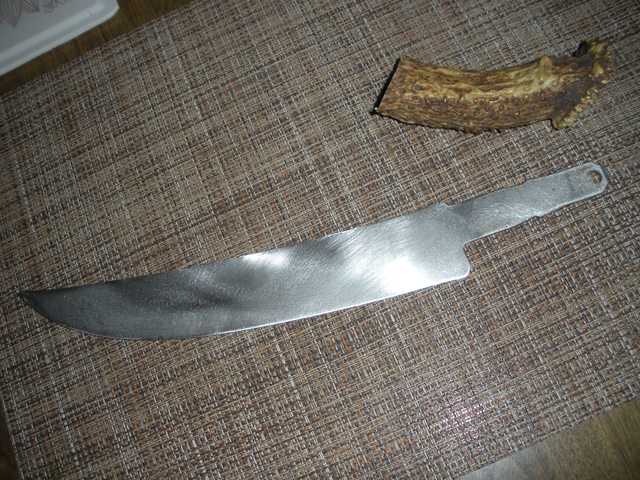I am attempting to recreate an authentic English scalper based on the following drawings. Note that the tangs on the English are NOT tapered and are rather square on the corners. The French tangs on the other hand are tapered down to a paper thin edge and are very rounded at the end. So despite other reproductions I've seen of taper-tang English scalpers, I'm going to build mine as closely to these drawings as possible. Was there just a lot of variation/overlap with these scalping knives or something? Every time I think I've done something "historically correct", I end up finding new information that tells me something different. Anyways, I'll include a photo of the blank I'm working on of an English scalper that I am building and you can see how it compares to the drawing of the original here...








Attachments
Last edited:














